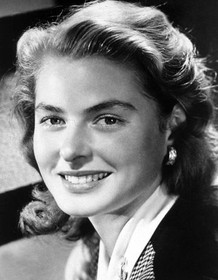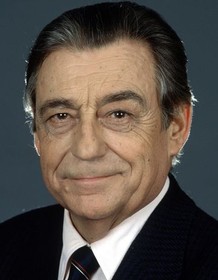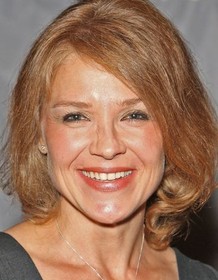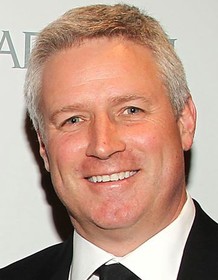Ingrid Bergman
follow


A highly popular actress known for her fresh, radiant beauty, Ingrid Bergman was a natural for virtuous roles but equally adept at playing notorious women. Either way, she had few peers when it came to expressing the subtleties of romantic tension. In 1933, fresh out of high school, she enrolled in the Royal Dramatic Theater and made her film debut the following year, soon becoming Sweden's most promising young actress. Her breakthrough film was Gustaf Molander's "Intermezzo" (1936), in which she played a pianist who has a love affair with a celebrated--and married--violinist. The film garnered the attention of American producer David O. Selznick, who invited her to Hollywood to do a remake. In 1939 she co-starred with Leslie Howard in that film, which the public loved, leading to a seven-year contract with Selznick. Selznick promoted Bergman's wholesomeness from the beginning. He loaned her to other studios for "Adam Had Four Sons," "Rage in Heaven" and "Dr. Jekyll and Mr. Hyde" (all 1941). She then starred with Humphrey Bogart in "Casablanca" (1942), perhaps her most popular film, and was also featured with Gary Cooper in "For Whom the Bell Tolls (1943)." She won her first Oscar for her portrayal of a wife nearly driven mad by Charles Boyer in "Gaslight" (1944). The following year, Bergman had starring roles in "Saratoga Trunk," as a psychiatrist opposite Gregory Peck in Alfred Hitchcock's "Spellbound," and as a nun opposite Bing Crosby's priest in "The Bells of St. Mary's." Bergman's last picture under contract to Selznick, and probably her finest work, was Hitchcock's "Notorious" (1946), an emotionally complex espionage film in which she played a woman bent on self-destruction until redeemed by the love of a federal agent, played by Cary Grant. Bergman then went freelance, first playing a prostitute in "Arch of Triumph" and then the contrasting "Joan of Arc" (both 1948), a role she had played to great acclaim on Broadway in 1946. Her final film for Hitchcock was the 1949 period piece "Under Capricorn." Bergman then spent some years away from Hollywood following the dissolution of her marriage to her first husband and her subsequent remarriage to Italian director Roberto Rossellini. She made a triumphant return to Hollywood with "Anastasia" (1956), for which she won her second Oscar. Bergman also began branching out into TV and stage roles. She gave a delightful performance in the adaptation of the Broadway comedy "Cactus Flower" (1967). She received a third Academy Award for her supporting role in "Murder on the Orient Express" (1974) and won acclaim for her co-starring role with Liv Ullmann in Ingmar Bergman's "Autumn Sonata" (1978), an intense drama about a pianist and her daughter. Bergman's health began to fail in the late 1970s, though she fought off cancer long enough to complete the TV movie "A Woman Called Golda" (1982), in which she portrayed Israeli Prime Minister Golda Meir. The performance earned her an Emmy, her final honor.
Create Post
Post


How much you willing to pay
If power lunch with Ingrid Bergman
Sure


Bid for lunch


Date





